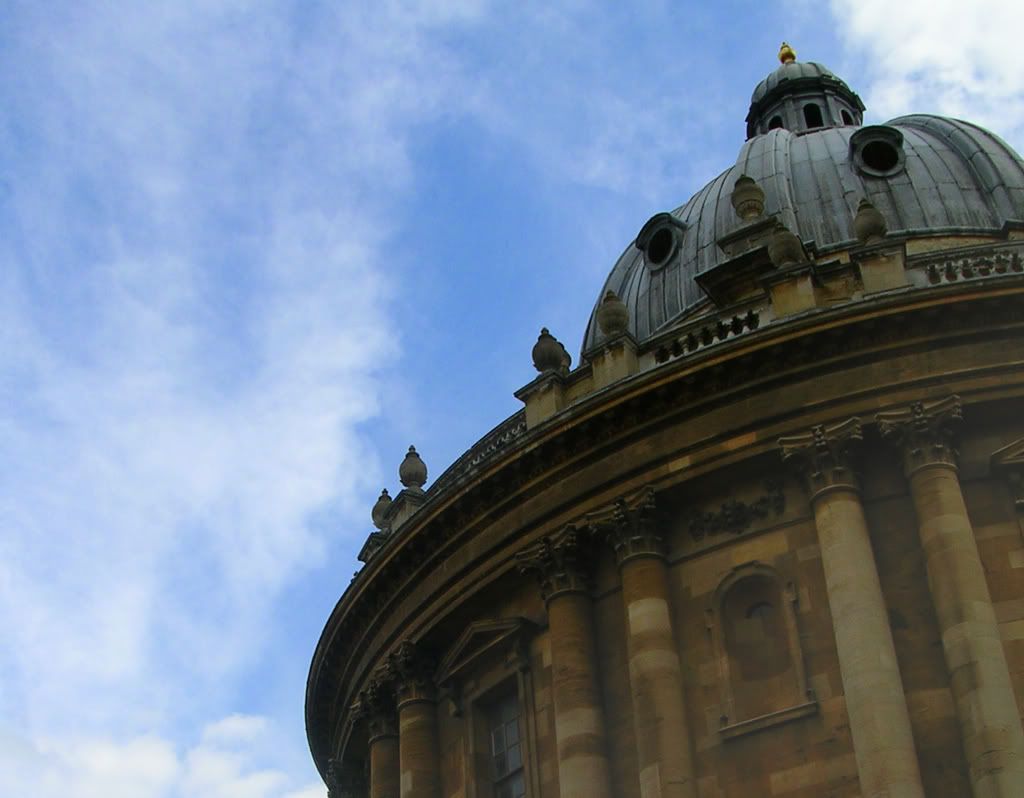
It's not been so fine since the Venerable Norpel visited, many weeks ago. Spring must be with us... and with spring, a new year of teas. Whetting our appetites in anticipation of their arrival, two Xizihao productions of last year.
These two teas are not-too-distant cousins, both being from the south of Yunnan. The "Kuzhushan" [Bitter Bamboo Mountain] tea was grown in the Simao region (Jing Gu town), not a million miles from the Yiwu area, where the "Yiwu Chahuang" [tea emperor] was grown.
Below, the Kuzhushan leaves - a contrasting mix of very dark and very light leaves that reminds me of the 2006 Xizihao "Banzhang". Whilst being similarly tippy and gently sweet in aroma, this one contains large segments of stalk:

Both teas are similar in price (from Houde), where it looks as if they have been advertised for quite some time, but they appear to have slipped quietly by - not even Houde has a product description of the Chahuang (pictured below). As ever, pretty and well-scented leaves abound...
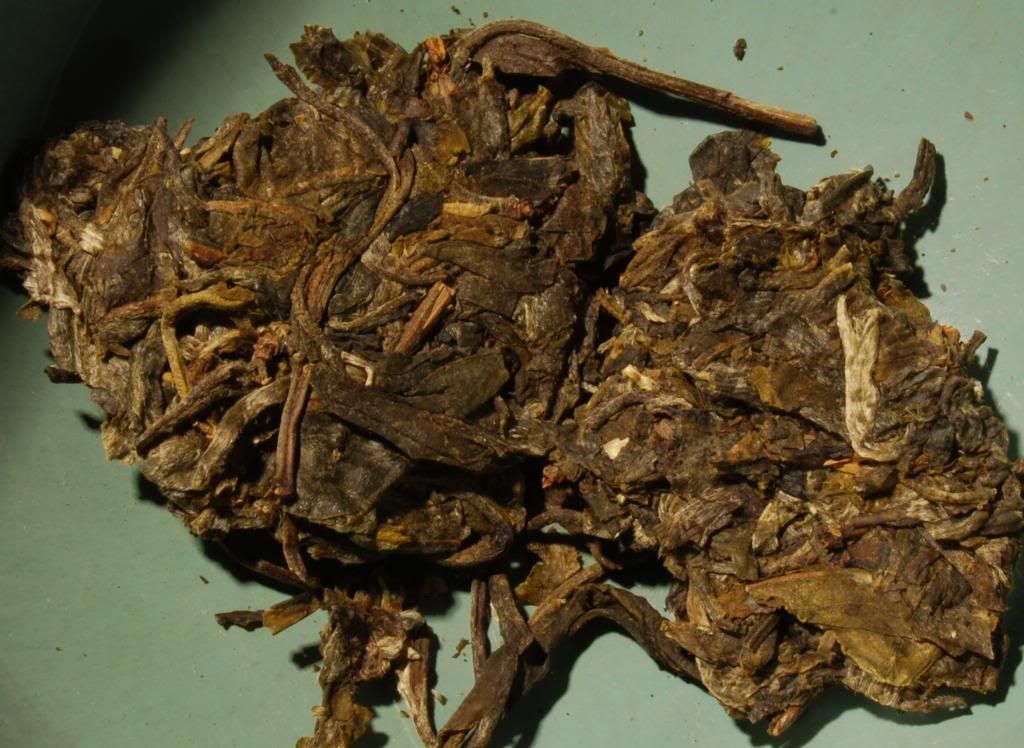
Drinking tea means very much to me at the moment. These days, I find myself almost permanently entrenched at my computer, either at home or in my office, working on my thesis (see below). Tea provides a lovely means of escape back into the Real World, while also giving me invaluable time with my dear (and very patient) wife. The soothing ritual of doing something entirely manual is a fine way to dispel the concerns of research and writing, while the tea itself has a brightening and sharpening effect on the concentration well-loved by meditative monks through the centuries.
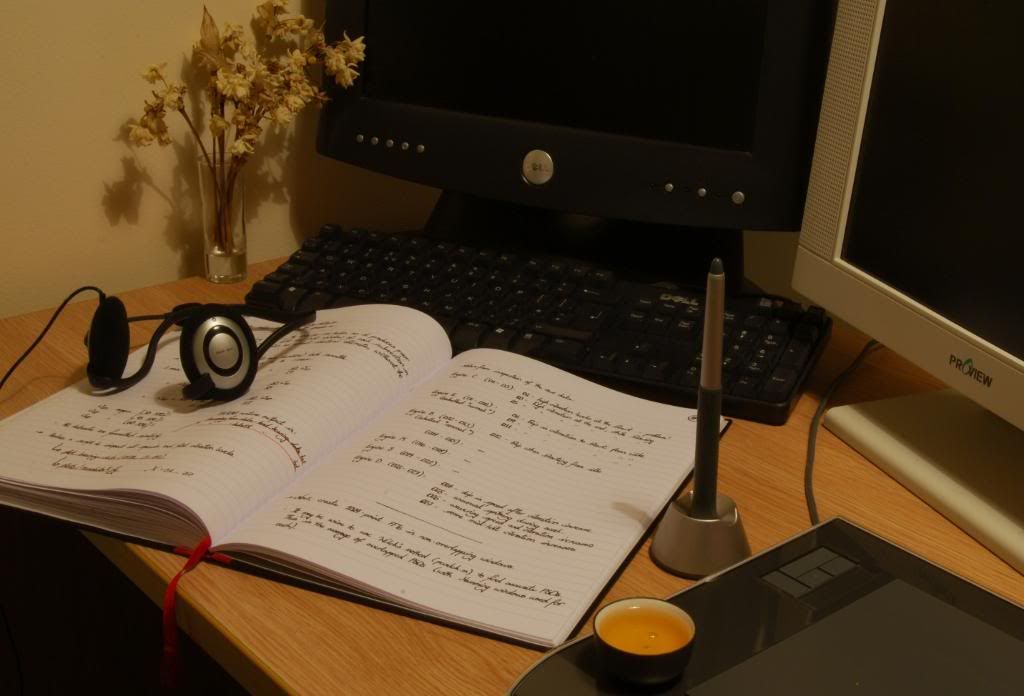
The Yiwu Chahuang (above) is a fine tea. The aroma in the wenxiangbei promises good things in its longevity and complexity, which are delivered in the soup: highly effervescent on the tongue, rich tobacco, with a sweet note to finish. With the 2007 Xizihao "Puzhen", it is very satisfying. It is dominated by a youthful acidity the likes of which I have not encountered for some time, but tires early - I boost later infusions with a small amount of extra leaf, which brings back some welcome tobacco.
The Kuzhushan (below) is a different beast. In early infusions, the brew itself has a green tinge, which doesn't fill me with confidence. It is similarly energetic to its cousin, suggesting that the maocha is of decent quality, is sweet in the throat, and provokes a penetrating huigan (to which Houde's notes accurately attest). It shows pleasantly sweet character, but becomes very simply very quickly.
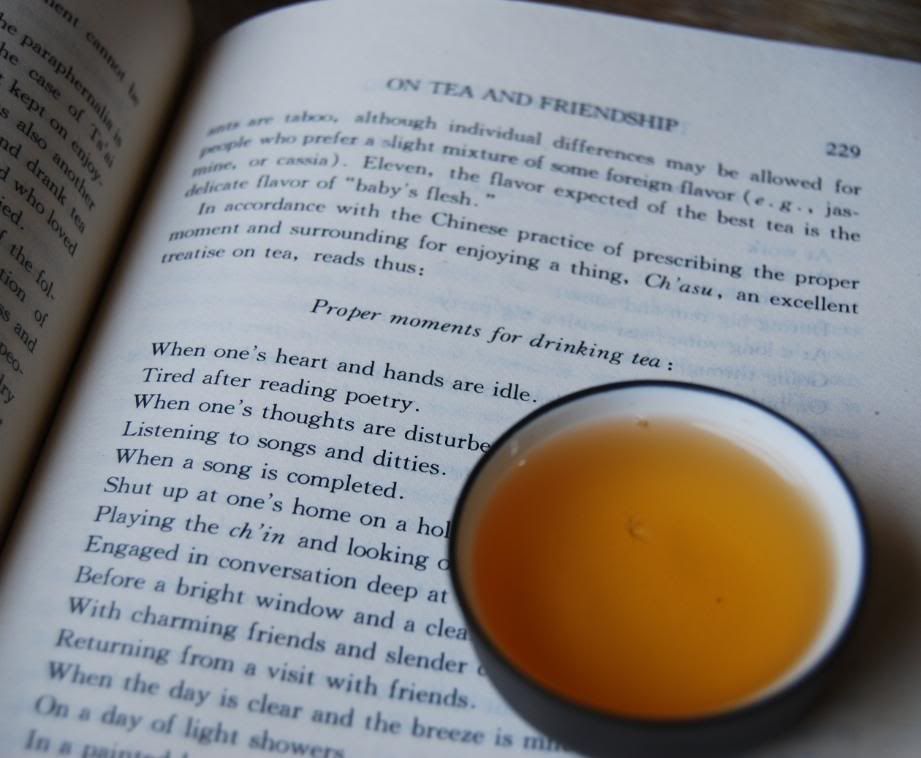
San He Tang have got into the habit of selecting very well-handled leaves; compared with their earlier teas, they are clearly insisting on good leaf integrity from their suppliers. The Yiwu Chahuang is shown below - the leaves are of good thickness, removing concerns about overfarming.
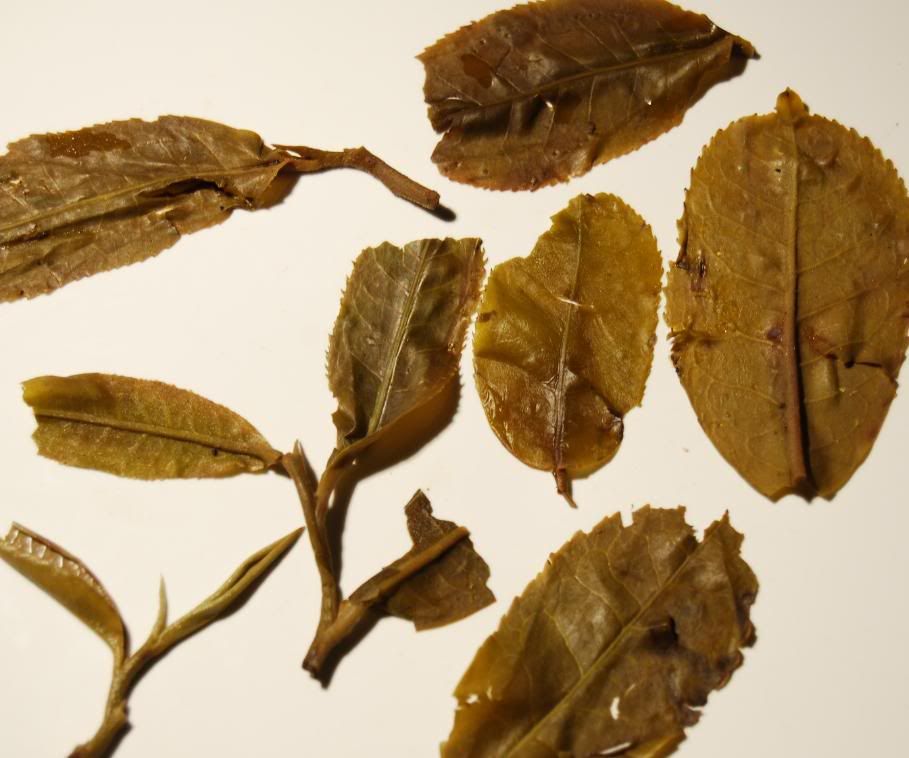
The Kuzhushan leaves have fared less well, as shown below.
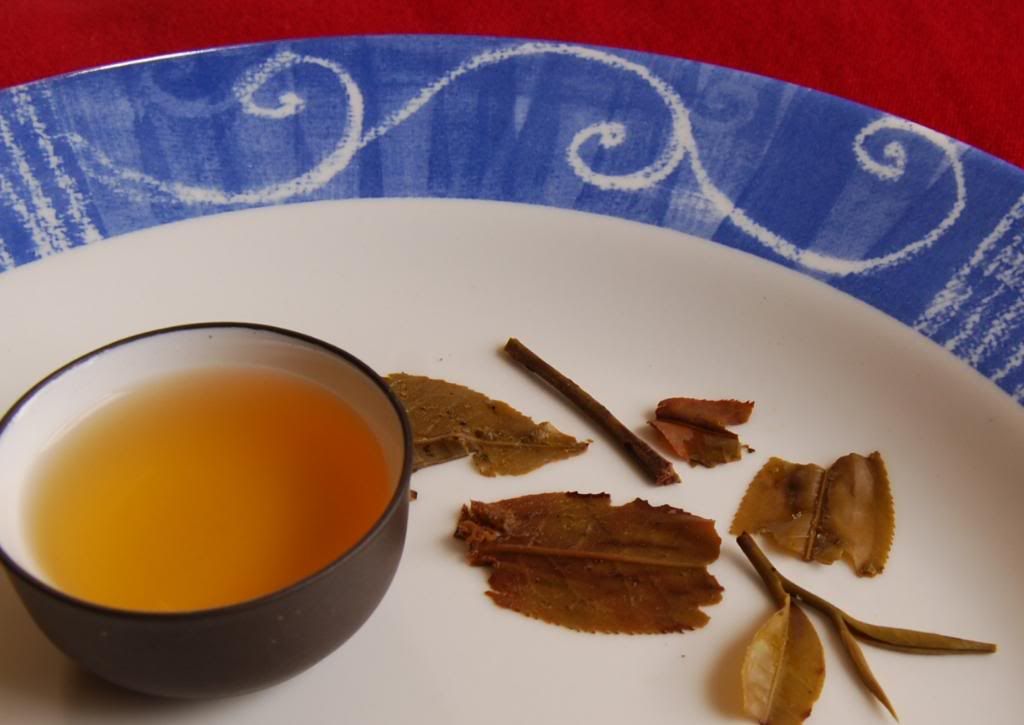
Were I to take a blind taste test, I would recommend the Yiwu Chahuang - especially if, like me, you enjoy a fairly chunky cup of tobacco and sweetness. (I bought some of this tea for storage.)
In that same blind taste test, I would assume that the Kuzhushan is a Changtai or 6FTM cake regular-grade cake - it's pleasantness would place it highly in such company, but, compared to its cousin, it pales.
When we consider the similar pricing of the cakes, the decision is further polarised in favour of the Yiwu Chahuang.
Refreshed, it's back to the thesis...

Addendum
August, 2013
It seems that I paid a then-substantial $85 for this cake back in 2007...
This was perhaps the last year in which I was closely engaged with Xizihao, after which the bubble burst. This particular cake gives me some very fond memories, not least of which are those from the humble desk at which I wrote much of doctoral thesis, pictured earlier in this article.
Again, as is my wont, the cake is untouched, suggesting that I tried only the sample.
The big leaves are dark, with a superb dark-plum scent. This tea is both welcoming and encouraging, and seems to have "woken" nicely in the humid summer air.
The colour was once dazzling yellow, and the cool-and-humid English climate has acted to change this to an orange shade. The scent in the wenxiangbei [aroma cup] is a good Yiwushan sweetness, with a low base and hints of malty age. Its body remains strong and sweet, with a kick. Underneath runs the heavy and delicious base of potent tobacco that caused me to love it so much originally.
A cooling sensation of good leaves fills the mouth. The humid English climate seems to have nurtured and developed this tea, in its gradual way; the relatively low temperatures have prevented it reddening, which reminds me that Northern Europeans need to be patient when it comes to aging tea.
As the session continues, the colour of the soup darkens, and its woody, sharp, sweet, cooling, thick qualities abound. The strong base of tobacco is "just my cup of tea".
It is encouraging to see solid little cakes going in the right direction. It's not quite Wisteria Teahouse, but it is certainly good fun.
Addendum
June, 2015
Short notes, in passing: this tea is now solid, sweet, and settled in age. It is obviously very good.

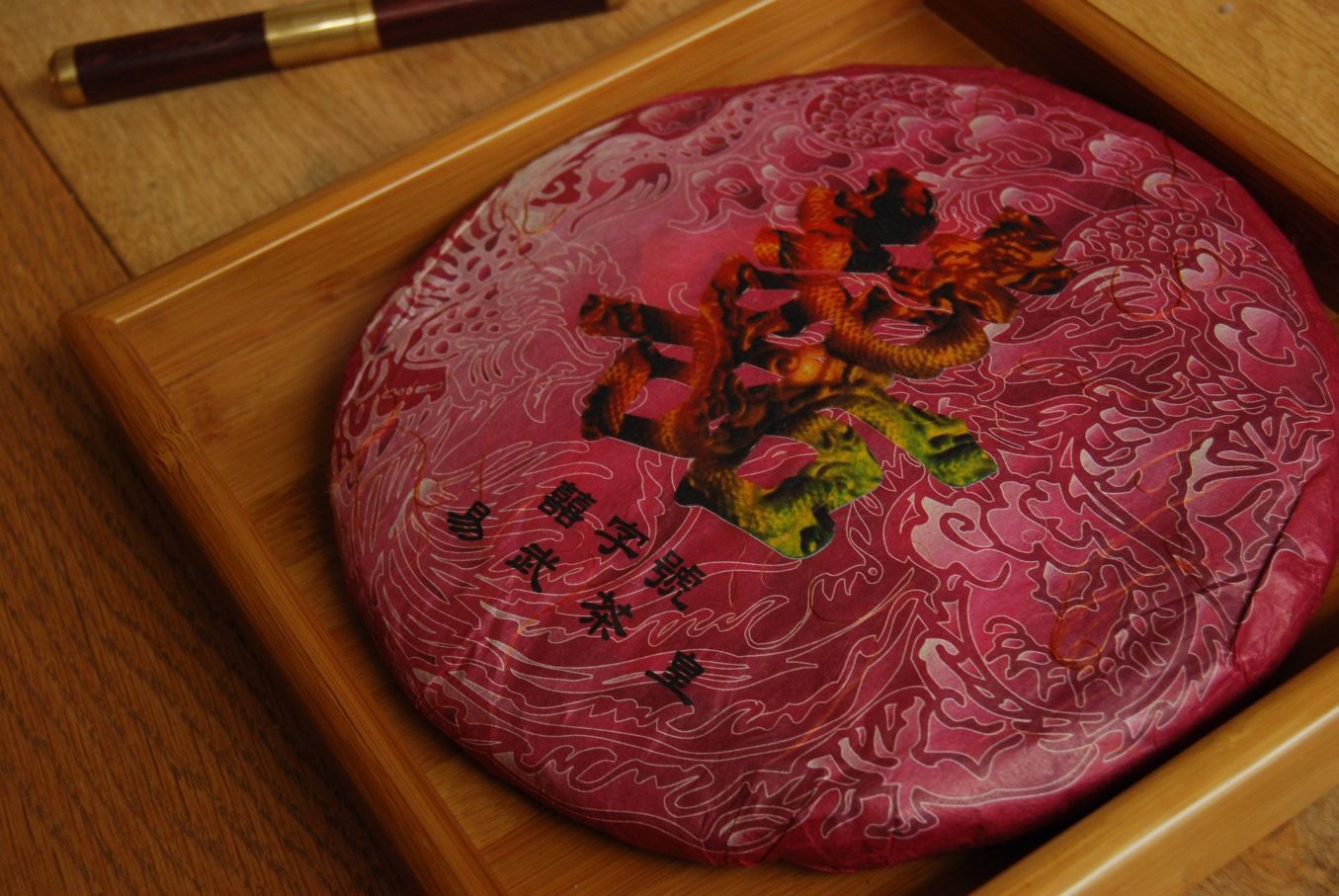






Hobbes,
ReplyDeleteI must say that this is the best post yet! Well done!
I also enjoy a great tobacco note. Somehow, it makes the session more distinguised. Odd right?
Dear Bill,
ReplyDeleteThankee kindly, squire.
Distinguished sessions are pleasant indeed! I find myself enjoying young shengpu far too much - I wouldn't like to be without it, just like a tobacco addict. :)
Toodlepip,
Hobbes